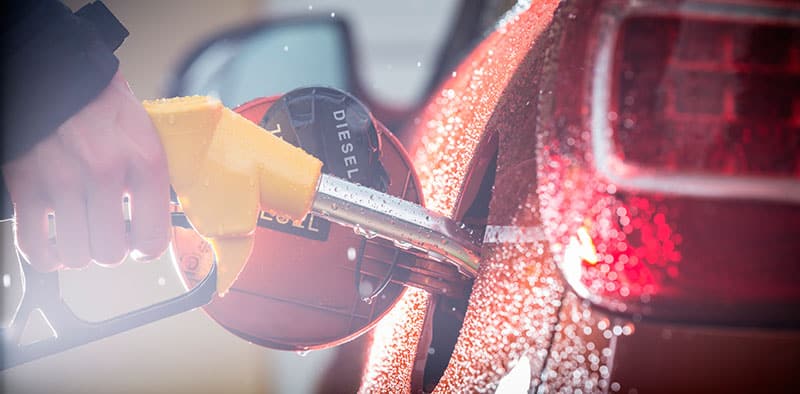For many years, there have been mainly two kinds of automotive engines namely the diesel and petrol engines. Although both use combustion engine technology, there is a difference between petrol and diesel engines that stand out. In the recent past, hydrogen as well as electric engines that are likely to transform the automobile sector significantly. In this post, we will look at how diesel engines work.
Diesel engines are basically known as compression engines mainly because they have the highest thermal efficiency. That is why they can easily burn fuel injected into the combustion chamber in spite of the density of the diesel. Compared to petrol, diesel is slower at combustion and that is why it is important to have very high thermal efficiency. If the thermal efficiency is not at its best, diesel engines would have difficulty in starting. This has been a common problem with some of the older carburetor engines.
In an ordinary combustion engine, there are two main chambers one at the bottom and the other on top. These two chambers have water and diesel respectively. This is not to mention that there is also the sump that contains the cooling water and the lubricating engine oil. The engines are designed to work well with water, the oil and diesel all performing different roles. The diesel engines come in two main designs worth noting. These are the two stroke and four stroke engines. Both designs have their pros and concerns that you should understand especially if you have to make a choice between the two.
To get a better understanding of the genesis of the diesel engine, you should take a look at the original steam engines that were stationary and were commonly used in marine vessels. After registering considerable success, the auto makers decided to exploit the discoveries they had made in the line of duty to improve on the automobile sector. It is no wonder the first diesel engines were used on bigger vehicles such as trucks and larger pick up trucks.
Between the two stroke diesel engines and the four strokes, the four strokes are more efficient and have better thermal efficiency at over 50%. Diesel engines still work well in other vehicles besides the automobiles on the roads. Marine vessels still rely heavily on diesel engines. The technology has however advanced from the 2 and 4 strokes to the very new and modern common rail engines that are more efficient than all the past designs. They can get more torque at fewer valves thus meaning that they are more fuel efficient as well as good performers.
Looking at the ignition method that the old carburetor engines relied on, it was rather difficult for a diesel engine to start especially when the weather was more humid and moisturized. This problem however has been resolved especially with the coming of electric fuel injection systems that make modern engines easier and better to start. They also consume less when you look at fuel to mileage expenditure. With the near extinction of the carburetor fuel injection system, diesel engines are now more efficient because they do not burn so fast as their gasoline counterparts. This means that the vehicle owner can get more mileage per gallon on diesel as compared to gasoline.
The same principle used in generators, marine vessels such as ships and even locomotives is still very popular. When you set out shopping for a diesel engine, you should make sure you understand how diesel engines work because this will help in making important choices.

